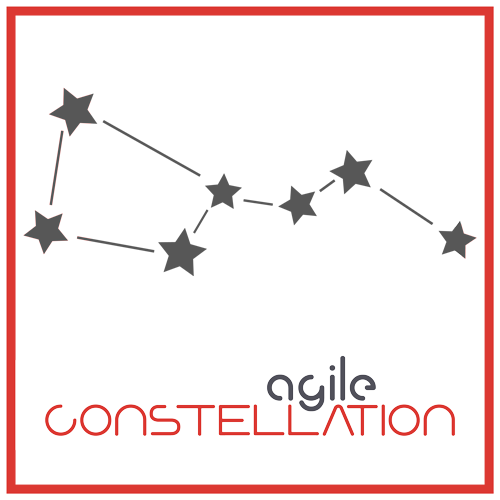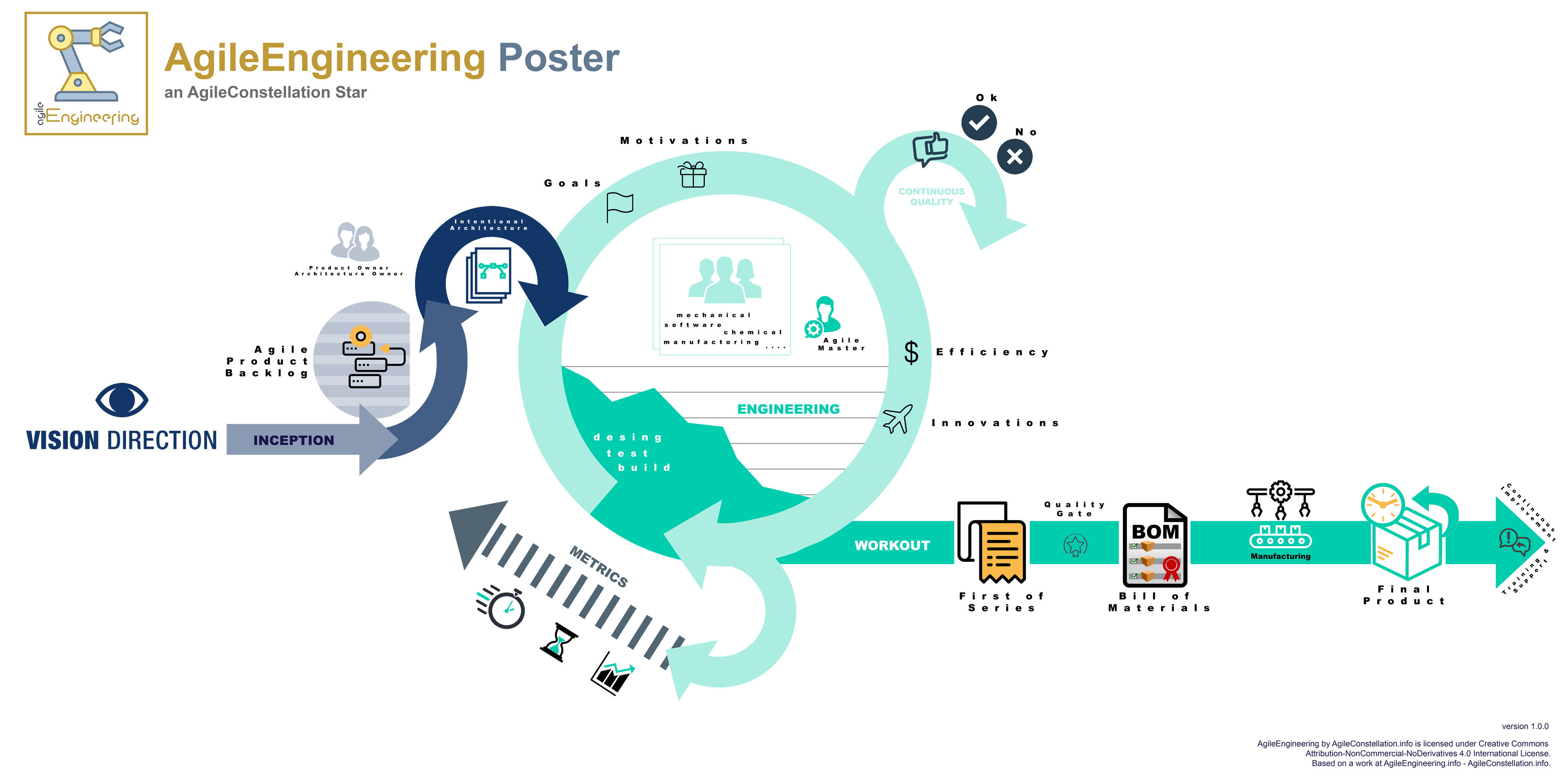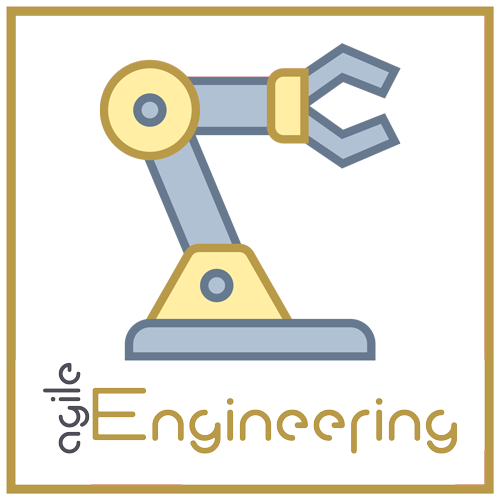
The world of the Systems Engineering is constantly looking for new operational models that will enable it to innovate products quickly, while, at the same time, improving the production chain.
Typically, it adopts a linear lifecycle following a well-defined sequential step represented in the so-called V-model, characterized by 2 streams: Specification flow, which is performed in left-hand tasks and Test flow,which develops along the right direction
The two streams are linked by the Implementation, where the artifacts are made.
This model is, however, inflexible, with a clear division between design/planning and implementation, making changes and adaptation to emerging needs expensive.
Therefore, the fragility due to the detail of the requirements remains intrinsic, which clashes with the reality where customers are able to understand what they really want only in the most advanced phases of product realization, precisely where the costs of change often become prohibitive. In addition, projects are often long-lasting (multiple years) and impact many different domains, which strongly emphasizes the importance and complexity of general governance and the integration of the various relevant constituent elements.
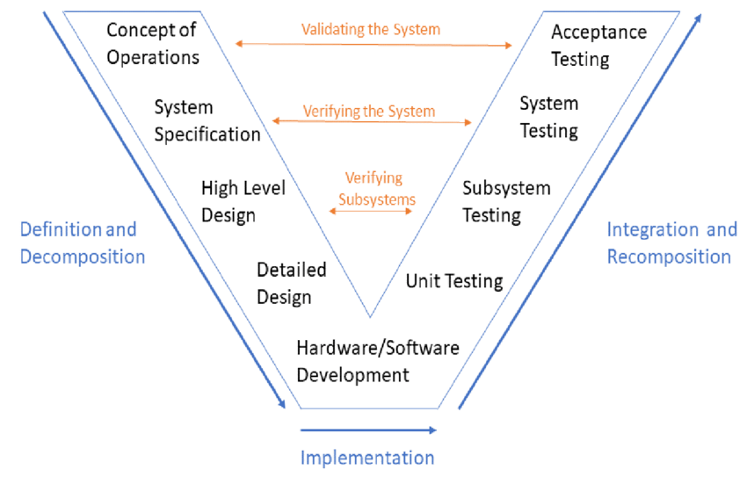
These elements are strongly rooted in the field of systems engineering and Agility is realized in the metaphorical zeroing of the V angle, an action thanks to which the flow of specification and the flow of teststend to overlap completely, marrying within them the development activities, without also recourse to external teams. This allows you to speed up the feedback system, especially those coming from customers, in order to capture the inevitable changes to be made when the product is still in a "raw phase”, where the associated costs are less disruptive.
AgileEngineering operationally supports these aspects, stimulates engineering teams in adopting a “fail fast” (or “fast succeeding”) approach that is related to a cohesive development oriented to specific objectives that develop on short, medium and long-term valid elements and which give life to the specialization of the Fast Prototyping practice thanks to 5 specific domain bubbles: Security, Energy, Hardware, Code and Manufacturing.
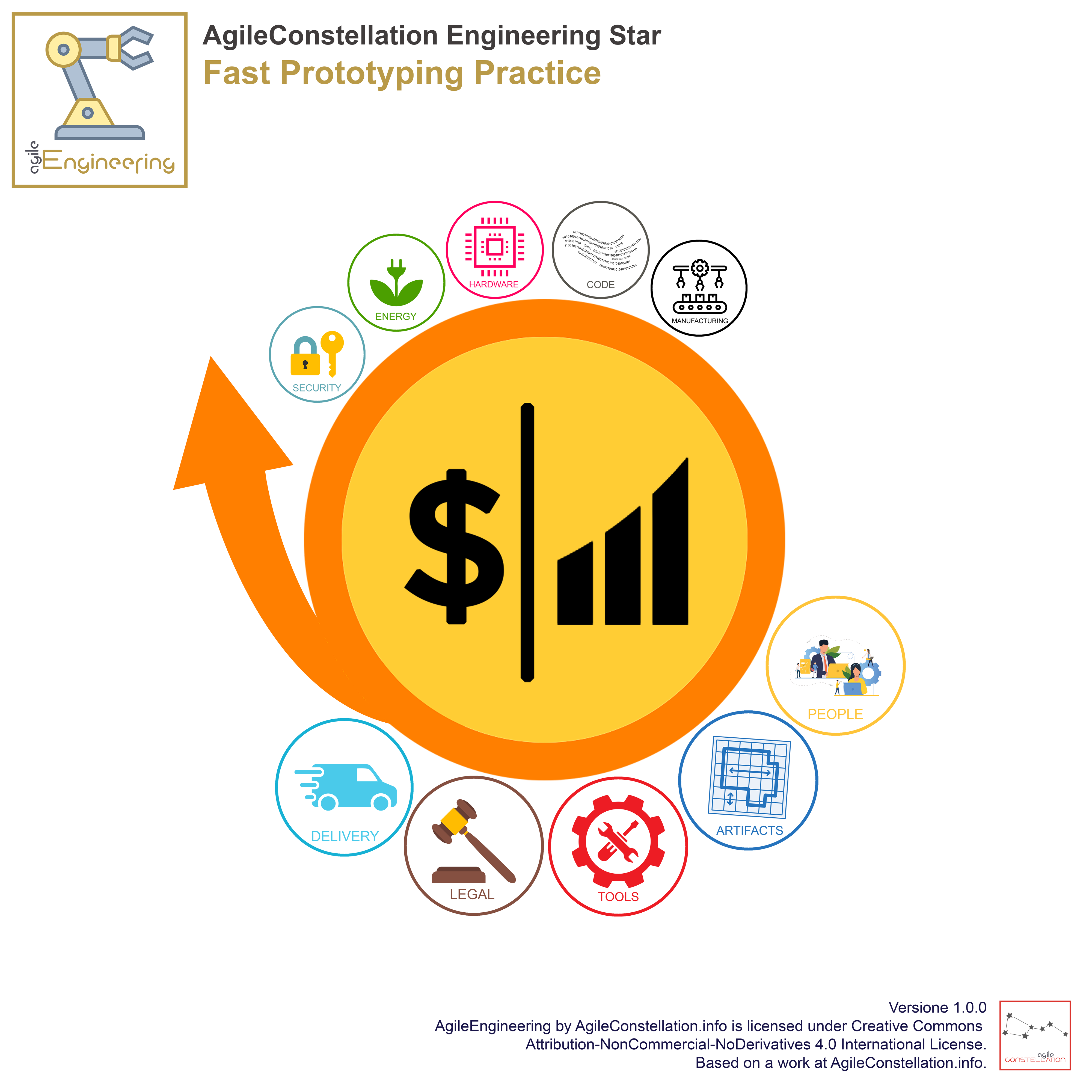 As the system engineering products based on "tangible artifacts", AgileEngineering suggests dividing the operational stages of development into three specific moments: Inception, Engineering and Workout.
As the system engineering products based on "tangible artifacts", AgileEngineering suggests dividing the operational stages of development into three specific moments: Inception, Engineering and Workout.
In particular, in the Inception phase is realized what is necessary to validate the system that is being developed, focusing on the development of those enabling components that will constitute its backbone infrastructure. In this way there is a phase of "discovery", often characterized by a Lean-based approach, which allows rapid comparisons with stakeholders.
Rapid prototyping methods are therefore adopted, taking advantage of emerging technologies (such as 3DPrinting and Mixed Reality) in order to reduce costs and allow the rapid development of new tangible prototypes with which to engage users and collect feedback. In this context, the use of MVP (Minimum Viable Change), understood in its correct sense of a learning tool, is fundamental and supports everything in a concrete way.
When a condition of relative stability is achieved, the most malleable parts (aka the most easily evolvable components) are engineered, taking into account the appropriate consolidation developments on the less flexible ones (for example the standard components acquired by the market).
Finally, the Workout phase deals with managing industrial production (as standard) altogether and governing delivery aspects, as well as operating aspects.
Operations in the different phases are entrusted to multidisciplinary teams, that are teams composed of a mix of experts in the involved disciplines (electronics, mechanics, chemistry, software, etc.). This team carry out the different activities necessary to implement the capability that characterize the product.
The AgileEngineering main challenge is to use all the well-known techniques of the Agile and Lean world to facilitate communication in teams and between teams, where, as mentioned, there are experts from different domains often accustomed to working in relation to their skills more than according to a product goal that looks at the end customer. To achieve this goal, in order to encourage the creation of a "common language", it is essential to use Visual Management tools, such as task boards or, in the most advanced cases, a real Kanban-like approach that allows to maximize transparency on the state of activities and support the identification of bottlenecks on which act as soon as possible.
Thanks to AgileEngineering it is possible to reduce the risks of becoming uncompetitive, stimulating an adaptive approach that can reduce the lead time and generate innovative solutions while maintaining the reference quality standards. Indeed, we should not underestimate the impact that the reporting regulations have on the general process, being often binding and not derogatory for the marketing and use of the product itself.
In conclusion, it can be said that the main advantages observed in the adoption of a AgileEngineering are:
-
- Reduce Lead Time, Time to Market, and Time to Value by introducing fast prototyping tools and organic MVP usage.
- Improve the efficiency of processes or workflows, leveraging solutions inspired by Agile and Lean, along with their explicit visualization.
- Reduce the communication gap between engineering teams and stakeholders, thanks to the development of fast feedback and constant moments of alignment.
- Quality improvement, both "real" and "perceived".
Some specific declinations of the systems engineering concern, for example, Automotive, Aerospace, Missile companies, Medical Device companies and so on.
Each of these domains can benefit clearly from what has been highlighted so far, further declining specificities in their context and identifying the explicit tools that best support overall vision and current operation.


